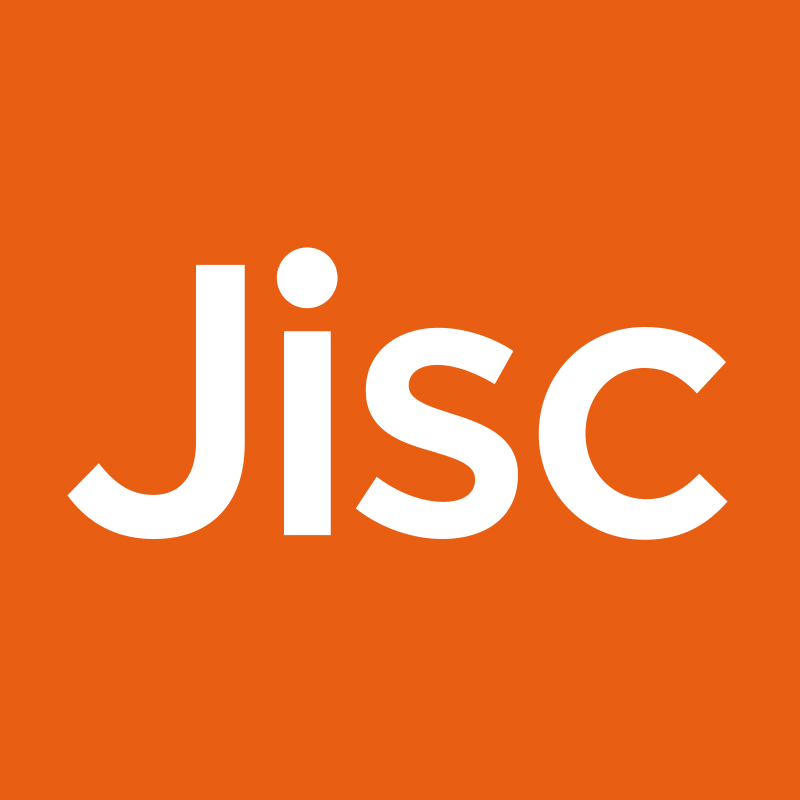Two previous blog posts outlined issues relating to the next JISC Content call, Strand B Large-scale digitisation and Strand C Clustering digital content.
(Note all the JISC Content Call is still to be signed off by the relevant JISC sub-committee)
Here are some of the key issues relating to Strand A Digitisation for Open Educational Resources (OERs).
The aim of this strand is to create and embed OERs based on digitised primary sources (and to a lesser degree, secondary sources) as a way of enhancing the student experience and fostering innovative pedagogies.
As a consequence, projects will be expected to carry out the following three activities:
– digitising and releasing scholarly material, particularly material in special and archival collections that can be suitably licenced for use and re-use – “raw” digital objects;
– subsequent creation of learning resources based on the digitised collections and released as OERs – “cooked” learning resources;
– embedding the OERs into teaching practice
Key issues to consider:
Copyright and Licencing
Are universities able to licence the material they digitise and the OERs they cretate under a Creative Commons (CC) licence? Do they own the copyright on the material? Or are they able to clear it for the purpose of the cretaion and release of OERs?
Learning resources, “the raw and the cooked”
What kind of OERs will an institution create? How will the digitised primary source material – the “raw” material – be re-packaged into a range of more sophisticated learning resources – “cooked” resources”? How and in what context will these resources be used?
Alignement to teaching and learning priorities
What teaching and learning priorities will the selection of material to digitise and OER creation be aligned to? What particular students needs will the resources address?
Collaboration and partnership – internal and external
How will universities ensure that relevant departments and staff (eg Library and Archives Services, IT and Computing, academic departments and teaching / elearning support units) are working together? How might external partners help deliver the project and maximise use and re-use?
Usage, impact and emebdding
How will projects ensure that the digitised collections and OERs created respond to users’ needs? How will this be assesed and monitored? How will the OERs be embedded into teaching and learning?
Dissemination
How will institutions promote the OERs they’ve created? What dissemination channels will they adopt in order to increase awareness of their outputs within their institution and in the wider sector?
